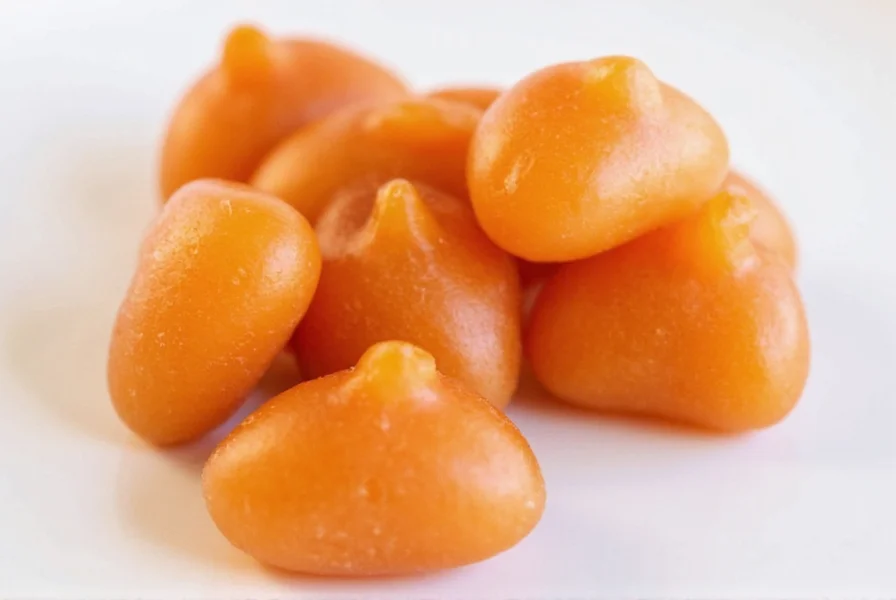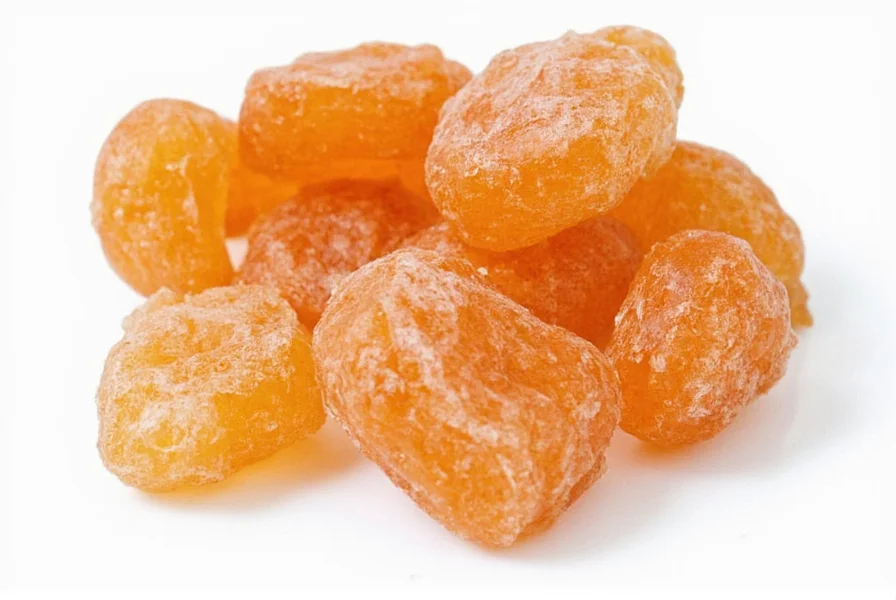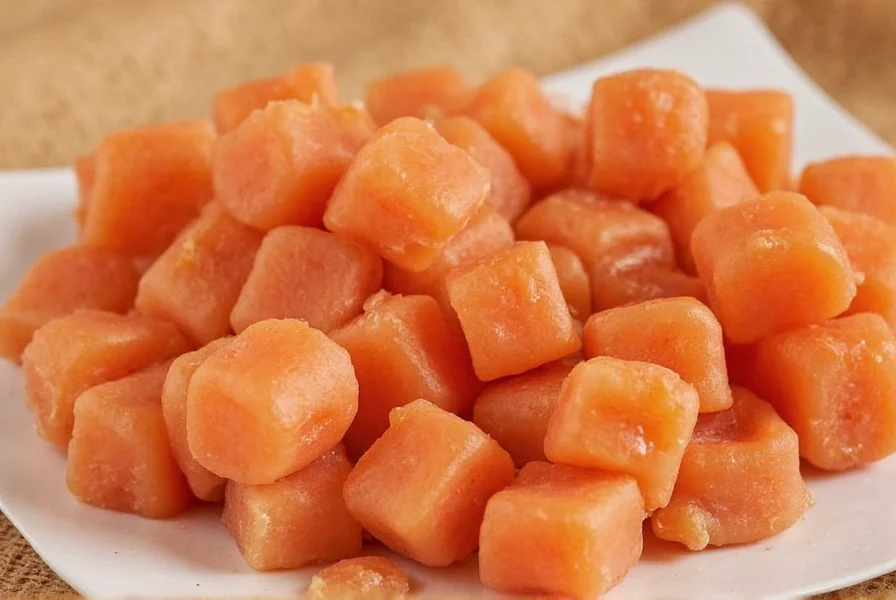Cinnamon Fireball Candy represents one of the most distinctive confections in the spicy candy category. These small, spherical treats pack an unexpectedly powerful punch that has captured the attention of candy lovers and daredevils alike. Unlike regular cinnamon candies that offer a mild warmth, Fireballs deliver an intense, building heat that has spawned numerous internet challenges and discussions about their unique sensory experience.
The Origins of Cinnamon Fireballs
Created by the Ferrara Candy Company (formerly Ferrara Pan), Cinnamon Fireballs first hit the market in the 1970s. The candy emerged during a period when novelty and extreme-flavored treats were gaining popularity. Originally sold under the Atomic Fireball name, these candies quickly distinguished themselves from traditional cinnamon candies through their intense heat profile and distinctive spherical shape.
The manufacturing process involves creating a hard candy shell with multiple layers of cinnamon flavoring. This layering technique is what creates the signature "build-up" effect—starting with a sweet initial taste that gradually transforms into intense heat as the candy dissolves in your mouth. The precise formulation remains a closely guarded secret, but food scientists believe the heat comes from a combination of high-concentration cinnamon oil and other flavor compounds that interact with taste receptors.
What Makes Cinnamon Fireballs So Intensely Spicy?
Understanding why cinnamon fireballs are so hot requires examining both their ingredients and the science of taste perception. While regular cinnamon contains cinnamaldehyde (which provides warmth), Fireballs use a more concentrated form along with additional compounds that create a more intense sensation.
| Ingredient | Percentage | Function |
|---|---|---|
| Sugar | 65-70% | Base sweetener and structure |
| Corn Syrup | 20-25% | Prevents crystallization, adds shine |
| Cinnamon Oil | 3-5% | Primary heat source |
| Artificial Colors | <1% | Bright red appearance |
The "fire" sensation isn't actual heat but rather a chemical reaction. Cinnamaldehyde activates TRPV1 receptors—the same receptors that respond to capsaicin in chili peppers. This explains why the sensation feels hot despite containing no actual temperature change. The layered construction means the initial sugar coating provides sweetness, while the inner layers release increasing concentrations of cinnamon compounds as the candy dissolves.
Safety Considerations and Consumption Tips
While cinnamon fireballs are safe for most people when consumed in moderation, their intensity warrants some caution. Many people attempt the "Cinnamon Challenge"—trying to swallow a spoonful of ground cinnamon within 60 seconds—but this practice carries significant health risks including choking and lung irritation.
For safe enjoyment of cinnamon fireballs:
- Suck slowly rather than biting to control the heat release
- Have water nearby to moderate the intensity if needed
- Avoid consuming multiple pieces simultaneously
- People with cinnamon allergies should avoid them completely
- Children under 5 should consume with adult supervision
Medical professionals warn that excessive consumption can cause mouth irritation, temporary numbness, and in rare cases, minor burns to sensitive oral tissues. The American Dental Association also notes that the high sugar content combined with acidity can contribute to tooth enamel erosion when consumed frequently.

Cultural Impact and Popularity
Cinnamon Fireballs have transcended their status as mere candy to become cultural phenomena. Their extreme flavor profile has made them staples in:
- Internet challenge videos (though the dangerous Cinnamon Challenge uses powder, not the candies)
- Flavor experimentation (used in cocktails, baked goods, and even savory dishes)
- Memory games and sensory challenges
- Pop culture references in television and film
The candy's distinctive heat profile has inspired numerous copycat products and variations, including seasonal flavors and different heat levels. Despite competition, the original Cinnamon Fireballs maintain significant market share due to their consistent quality and recognizable flavor profile.
Nutritional Profile and Dietary Considerations
Understanding cinnamon fireball nutrition facts helps consumers make informed choices. A single Fireball candy (approximately 3g) contains:
- 10-15 calories
- 2-3g of carbohydrates (all from sugar)
- 0g fat
- 0g protein
- No significant vitamins or minerals
For those monitoring sugar intake, it's worth noting that a standard roll contains about 20 pieces, totaling approximately 200-300 calories and 50-60g of sugar. While the intense flavor often limits consumption to just one or two pieces at a time, the high sugar concentration means they should be enjoyed as occasional treats rather than regular snacks.

How Cinnamon Fireballs Compare to Similar Candies
While several spicy candies exist, Cinnamon Fireballs occupy a unique position in the market. Unlike Japanese "Umaibou" spicy corn snacks or Mexican "Pulparindo" tamarind candies, Fireballs deliver a pure cinnamon experience without fruit or other flavor components.
Their heat profile differs significantly from chili-based candies. While habanero or ghost pepper candies create immediate, intense heat, cinnamon fireballs produce a building sensation that peaks after 30-60 seconds. This delayed reaction contributes to their popularity in taste-testing scenarios and social media challenges.
Frequently Asked Questions
What are cinnamon fireballs made of?
Cinnamon Fireballs primarily contain sugar, corn syrup, artificial flavors, cinnamon oil, and red food coloring. The distinctive heat comes from concentrated cinnamon oil and related flavor compounds that interact with heat receptors in your mouth, creating the signature building sensation that defines these candies.
Why do cinnamon fireballs get hotter the longer you suck on them?
The layered construction of cinnamon fireballs causes the heat to build gradually. The outer layer contains less cinnamon oil, providing initial sweetness. As the candy dissolves, successive layers with higher concentrations of cinnamon compounds are exposed, activating more TRPV1 receptors in your mouth and creating the intensifying heat sensation.
Are cinnamon fireballs bad for your teeth?
Like most hard candies, cinnamon fireballs contain significant sugar that can contribute to tooth decay when consumed frequently. Additionally, the acidity from the cinnamon compounds may temporarily soften tooth enamel. Dental professionals recommend enjoying them occasionally, preferably after meals, and rinsing with water afterward to minimize potential dental effects.
Can children safely eat cinnamon fireballs?
Children over age 5 can generally enjoy cinnamon fireballs with supervision, but parents should be aware of the intense heat. The candies pose a choking hazard for young children, and the strong flavor may be overwhelming for undeveloped palates. Many pediatric dentists recommend waiting until children are at least 8-10 years old before introducing strongly flavored candies like Fireballs.
What's the difference between cinnamon fireballs and regular cinnamon candies?
Regular cinnamon candies typically offer a mild, consistent warmth throughout consumption. Cinnamon Fireballs, by contrast, use a layered formula that starts sweet and gradually builds to an intense heat sensation. They contain higher concentrations of cinnamon oil and related compounds, creating a more powerful experience that has made them distinctive in the candy market.











 浙公网安备
33010002000092号
浙公网安备
33010002000092号 浙B2-20120091-4
浙B2-20120091-4